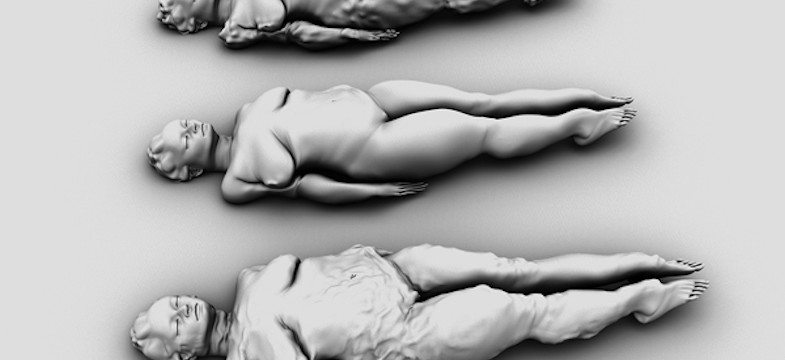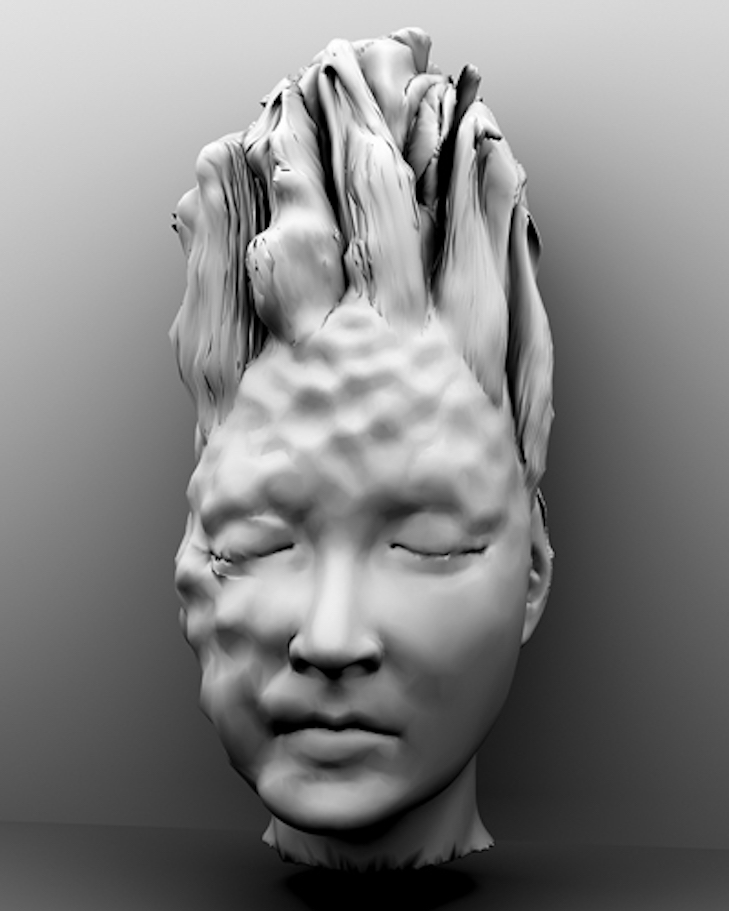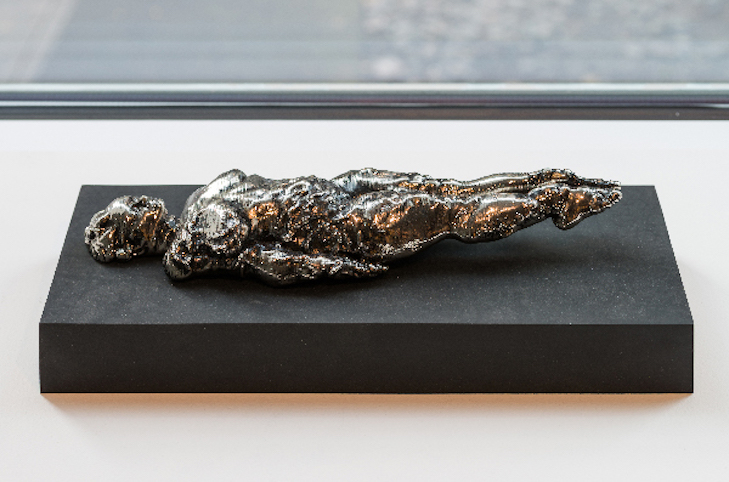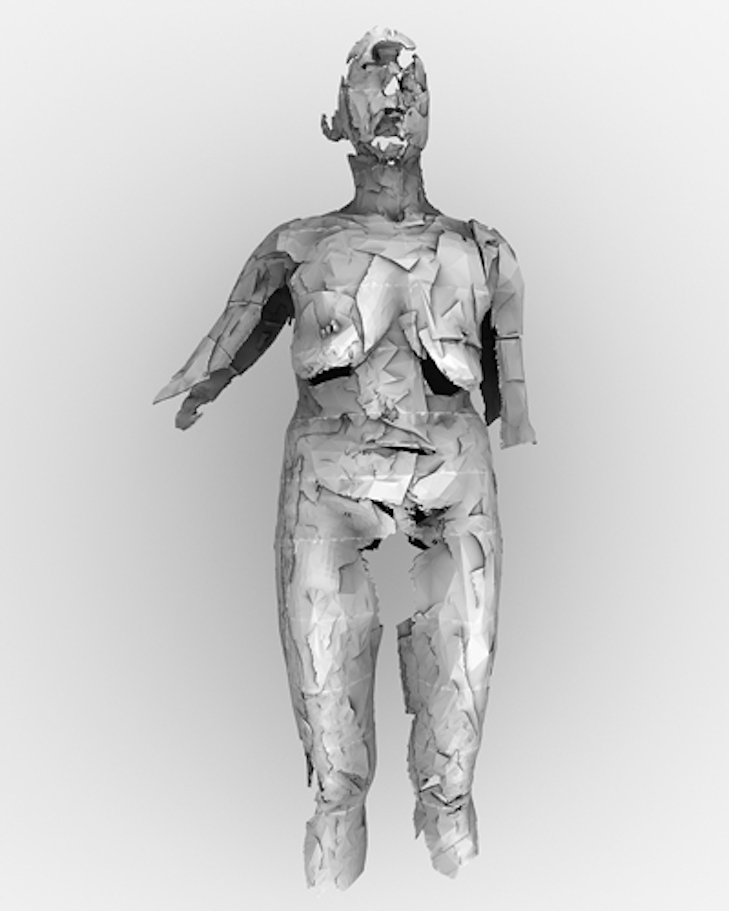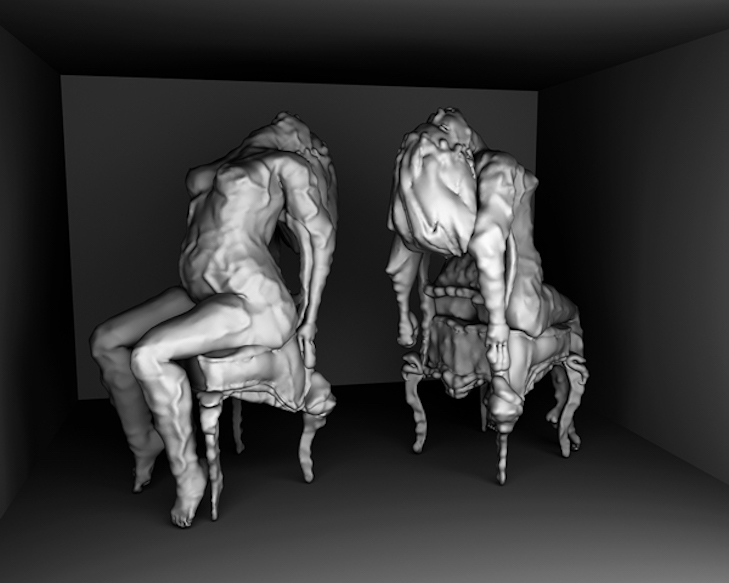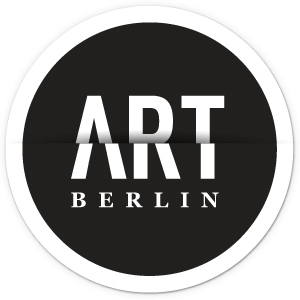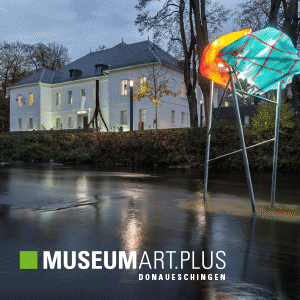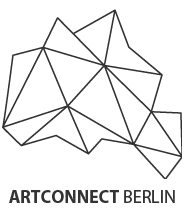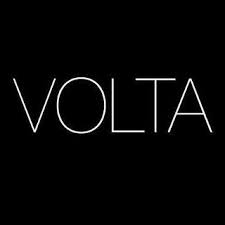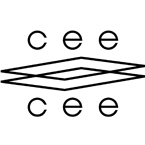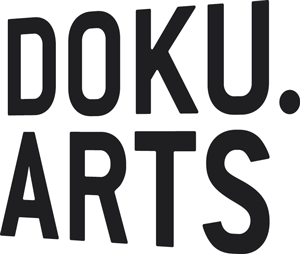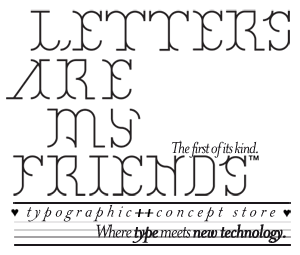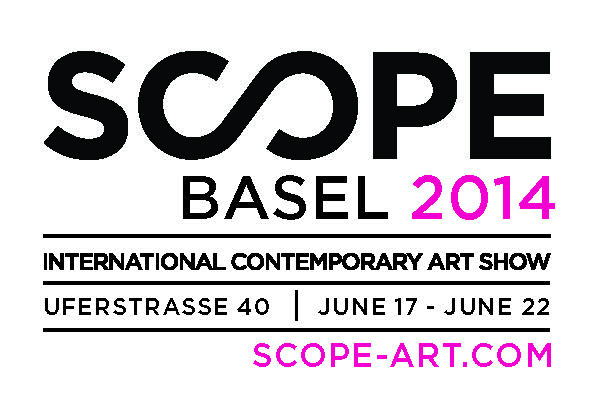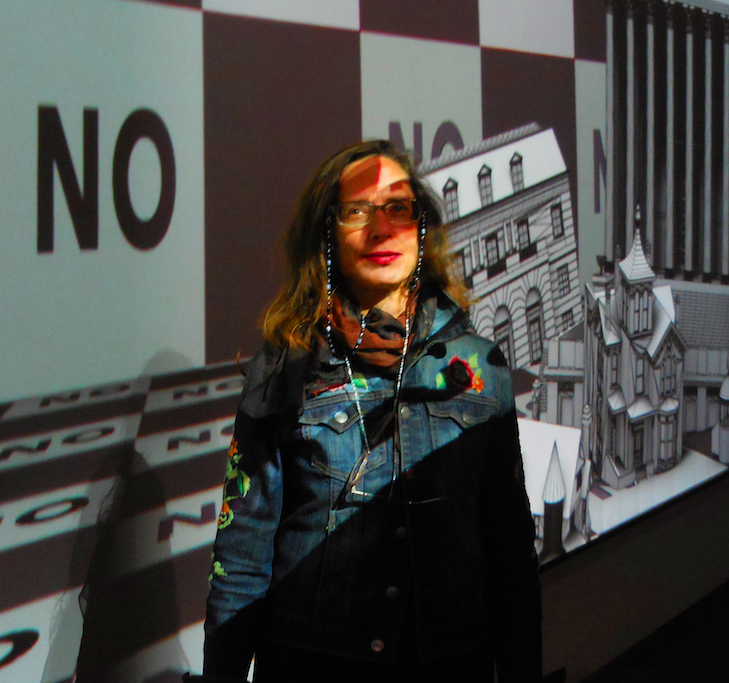
You are a pioneer in the field of virtual art and dedicate yourself to the examination of identity, breaking many barriers in the process. We show two prints of the series SERIAL MORTIFICATION, a body of work consisting of what you would call digitally enabled sculptures.
What does this mean and what’s the theory behind that?
The theory behind my work emerges from the simulations technologies that I use to produce it. I actually model the phenomenal by numerically calculating the impact of physical forces such as gravity or wind, on the measured and enumerated properties of real materials, such as oak or granite. These calculations are tabulated by some of the most complicated softwares ever made. They are then visualized in representational form in the same way that scientists and engineers visualize the impact of disease on the body, or stress on a bridge, or the workings of subatomic particles, or the outcome of nuclear war. This software then also simulates a model of a camera with an interface almost identical to that of a digital camera, which is also based on a traditional mechanical, analog camera.
Simulated cameras are embodied in 3D software to simulate still-image photograph and movies.
The science is important because simulist work represents a conceptual morph between a sculptural, architectural model and a photograph.
I think of it as our “newest” art medium.
There is already a term in use in the art world – “Post Photography” – to refer to this kind of simulations technology so I’ve adopted it. Post photography can be an image, but it can also be a piece of sculpture created by means of a digitally enabled plastic printer (rapid prototype) or a digitally enabled router (CNC router).
Again, on the theory side, the post photographic doesn’t “slice” from life in the old cinema verite sense but instead numerically models it. Instead of capturing the real in an indexical fashion, post-photography artists simulate computer-generated mathematical models of the real. This is the rational version of the “real fake,” and the impact of this idea on culture is obviously radical as we can see in the way it’s being exploited by the current American president! The truth is now up for grabs and everyone is grabbing!
You say, that when you started out in your field 20 years ago, it was a world without women. At least in Germany nowadays the topic of female representation in art seems to have struck a nerve and there are several exhibitions featuring what one could call „The female Gaze“. Is it the same in the New York art scene? Would you say that things have changed for women in art in general over the past few years?
I was an early adopter of virtual imaging, using 3D animation to make media installations and projections, then later as they were invented, other forms of VR, AR, and objects using computer-driven production machines all based on the same computer models. Simulations technology actually emerged from the US Department of Defense (DoD) flight simulators, and the culture around it was militaristic and astonishingly misogynist. But things have slowly changed. At the School of the Art Institute of Chicago where I’ve been teaching since 2007, I developed a pedagogy based on the conceptual underpinnings of simulations research. It opened up a dialog for me with a new generation of technology artists that I think has had an impact on the larger art world.
Starting about five years ago, a significant group of digital feminists emerged on the the art scene, mostly in the USA, but also internationally.
Many of them were my former students and so I was particularly engaged in their conversation. I think their activism but also their networking and support group strategy – meaning the conscious development of an “old-girls” network – has changed the entire scene.
These young women are specifically responding to a newer version of the earlier militaristic simulations culture that was my own context, what we call in the US the “Bro” culture of Silicon Valley also more radically misogynist than the art world. They fought back, cultivating a political feminism and also making art totally of the now.
I am involved with a particular community, supported by Kelani Nichole, director of Transfer Gallery, and also the new Current Museum in NY. Kelani features women artists working with simulations technologies particularly, which is post-photographic. I think this is why younger women have seized upon it as a medium.
In fact, women have always been media pioneers, beginning with experimental film and photography, and created work that has, out of necessity dealt with issues of sexuality, the body, and identity.
In fact, I’m also co-curating a show with the photographer and feminist critic Susan Silas, to open at bitforms gallery on the Lower East Side of Manhattan this fall, exhibiting women deploying the sculptural side of the Post-Photographic, and portraying female bodies!
HAUS AM LÜTZOWPLATZ BERLIN
Eröffnung: Freitag, 4. Mai 2018, 19 Uhr
Ausstellung: 5. Mai–17. Juni 2018
Ort: Studiogalerie – Haus am Lützowplatz, Lützowplatz 9, Berlin
Öffnungszeiten: Dienstag – Sonntag, 11 – 18 Uhr
http://www.hal-berlin.de/ausstellung/kuratiert-von-isabelle-meiffert/
Author: Achan Malonda for ARTBerlin
Header Photo: The Brides, inkjet print of a virtual model on paper, edition 6, size variable, 2010

